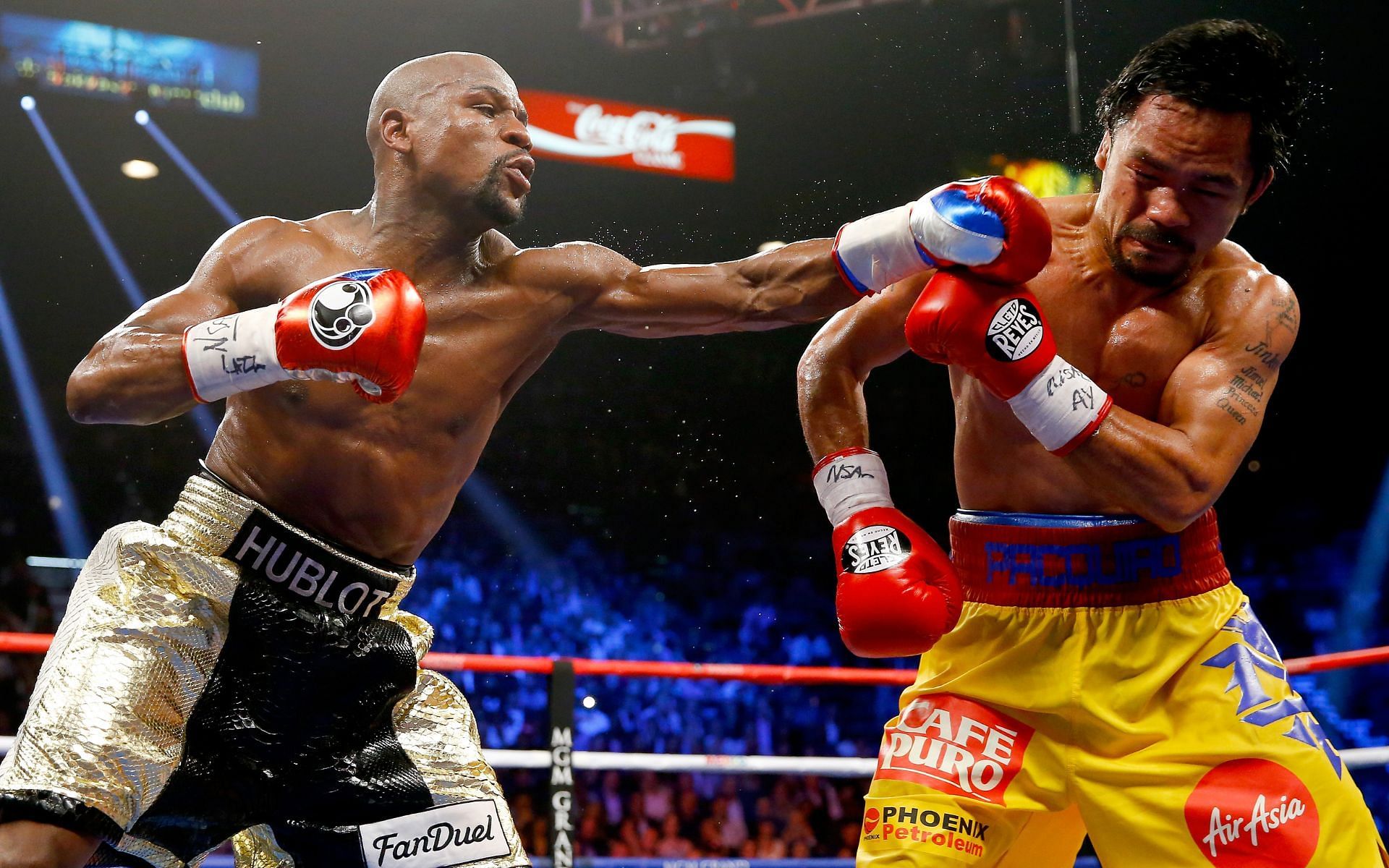
Why is boxing called the 'Sweet Science'? Origin and significance of the term explained
The art of boxing has always existed in some form or another since ancient times. The striking-centric martial art has flourished under different names around the globe. Historical accounts from some of the world's most ancient civilizations allude to the existence of combat forms in which closed-fist striking played a significant role.
Be it the age-old Indian martial arts such as Kalaripayattu and Malla-yuddha, or the Greek combat forms like pankration, the techniques used in modern-day boxing have long been an integral part of several historic martial arts and combat systems. Today, we take a closer look at how this beautiful and scientific art of boxing came to be alternatively known as the 'sweet science.'
Why is boxing called the 'Sweet Science'?
The exact date of boxing's origin is unclear. As indicated in a report by Fight Camp, the art and sport of modern-day boxing is believed to have derived its name from the term 'pugilism,' which has its roots in the Latin and Greek languages.
Boxing was first introduced as an Olympic sport in Greece back in 688 BCE, with major formalization in 1867 CE (courtesy of the Marquess of Queensberry rules), and gradual evolution into one of the most-practiced martial arts and highest-grossing professional combat sports in 2024.
Around the 18th century, British soldier John Godfrey apparently drew parallels between boxing and science. The martial artist and combatant wrote a book titled A Treatise upon the Useful Science of Defense (1747). Godfrey suggested that humans have inherited boxing and fighting from their ancestors. He classed boxing as humane, rather than mere savagery.
Subsequently, in 1813, widely revered sports journalist and author, Pierce Egan, coined the term "the sweet science," as he referred to the martial art as the "sweet science of bruising." Egan was one of Britain's most successful boxing writers and covered the sport extensively, particularly in his "Boxiana" series of articles.
Egan echoed sentiments of boxing being instinctive and underscored that it was the controlled manifestation of retributive action by individuals who felt they'd been wronged.
Furthermore, AJ Liebling wrote the novel The Sweet Science in 1949, in which he credited Egan. The consensus is that Godfrey and Egan shed light on boxing's scientific aspects, whereas Liebling did the same and also made modern contextual additions.
Liebling addressed the eventual 1955 heavyweight title matchup between Rocky Marciano and Archie Moore, painting Marciano as primal and Moore as technical. Marciano emerged victorious via ninth-round KO, which could give some observers the impression that the 'nature' aspect of boxing supersedes the 'nurture.'
Nevertheless, in the ensuing years, the sweet science came to be associated more with the beauty of technically sound boxing.
Today, when one talks about the sweet science, stellar boxing technicians such as Manny Pacquiao, Floyd Mayweather Jr., Wladimir Klitschko, Sugar Ray Leonard, Muhammad Ali, Terence Crawford, and other pugilists with boxing technique par excellence come to mind.